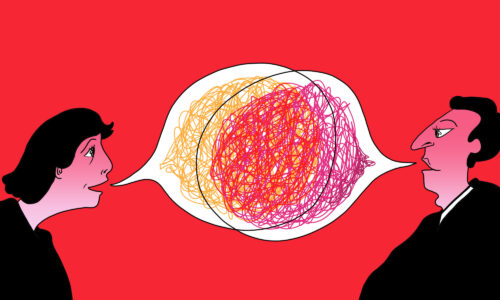COVID-19 updates
The illness caused by the strain of coronavirus that continues to spread across China and the world now has a World Health Organization–designated name: COVID-19. The BBC reports:
“We had to find a name that did not refer to a geographical location, an animal, an individual or group of people, and which is also pronounceable and related to the disease,” the WHO chief [Tedros Adhanom Ghebreyesus] said.
“Having a name matters to prevent the use of other names that can be inaccurate or stigmatizing. It also gives us a standard format to use for any future coronavirus outbreaks.”
The new name is taken from the words “corona,” “virus” and “disease,” with 2019 representing the year that it emerged (the outbreak was reported to the WHO on 31 December).
At the time of sending this newsletter, there are 44,787 diagnosed cases of COVID-19 (476 of which are outside mainland China), 1,112 have died from COVID-19, and 4,676 have been declared cured. See the latest numbers in detail here.
In Wuhan, the situation remains dire.
February 10 was the deadliest day in Hubei Province so far, according to official numbers. For the first time, more than 100 deaths were reported on a single day — 103 in Hubei Province, and five elsewhere in China, the South China Morning Post reports. A task force set up by the Communist Party’s Central Committee called in three officials, including the deputy mayor and two district chiefs of Wuhan, for emergency meetings on February 11.
The early January cover-up may be worse than previously reported: “At least 500 hospital staff in Wuhan had been infected with the deadly new strain of coronavirus by mid January,” the SCMP reports. “While the government has reported individual cases of health care workers becoming infected, it has not provided the full picture, and the sources said doctors and nurses had been told not to make the total public.”
Two top health officials in Hubei Province — Zhāng Jìn 张晋 and Liú Yīngzī 刘英姿, Party chief and director of the provincial health commission — were removed from their positions, according to Caixin.
More COVID-19 updates:
A single cruise ship off the coast of Japan holds the largest collection of cases outside of China. The number of diagnosed cases aboard the Diamond Princess nearly doubled on February 10 from 65 to 135, and the entire crew and passengers remain under quarantine near Yokohama, the Washington Post reports.
Two cases in the same Hong Kong apartment building have raised alarm in that city as the patients lived on different floors. Per the Hong Kong Free Press, “the building’s piping system was under investigation as a potential cause of airborne transmission via faeces.”
Pakistan is one of the only countries to actively tell its citizens to stay in China, despite having 800 students stuck in Wuhan. The New York Times reports on two potential reasons for that decision: Pakistan’s shambolic healthcare system, which may not be able to contain the spread of the virus if infected nationals return home, and a desire to give Beijing face.
Some African countries are in a similar position to Pakistan, with a combination of weak healthcare systems at home and close relations with Beijing. Zambia is a case worth watching closely:
- “In Zambia, the government is pleading with citizens stuck in China not to return home,” the Wall Street Journal says (paywall).
- “We dove deep into coronavirus preparations in Zambia, where tens of thousands work at China-owned mines,” tweets Associated Press reporter Dake Kang. “What we found was confusion, concern, and a lack of transparency — including officials testing dead bodies, feverish patients, and a sick physician.”
Last week, Kenyan students in Wuhan were pleading for evacuation. Their government has changed its mind. Per the SCMP, Kenyan President Uhuru Kenyatta said that the approximately 88 students to be repatriated will have to go through a 14-day quarantine, and that he is urging Ethiopia Airlines to stop its service to China.
The Australian travel ban is causing a huge disruption to education, per Caixin: “About 106,600 Chinese students due to attend Australian universities and other tertiary institutions have been unable to enter due to the ban.”
—Lucas Niewenhuis






